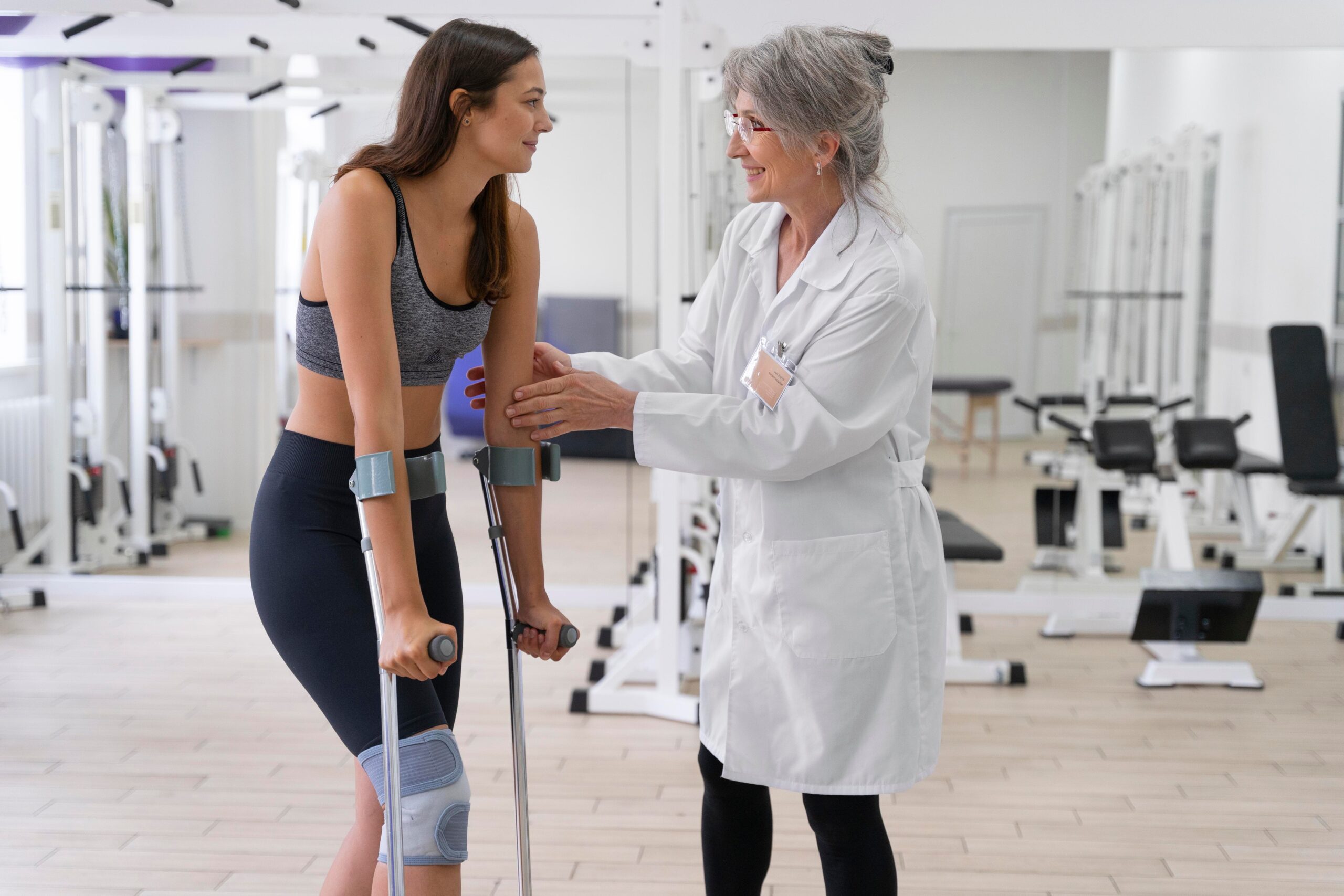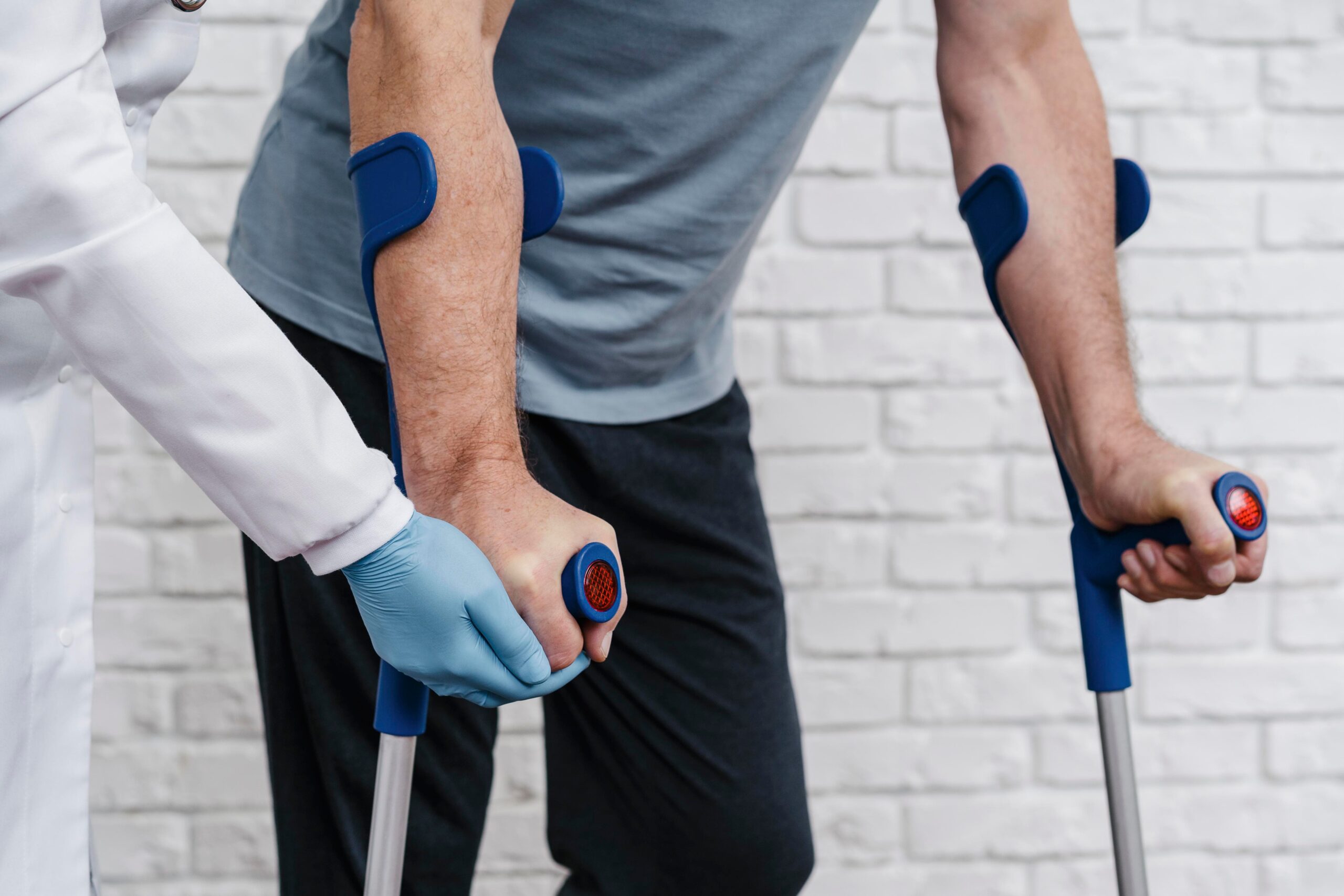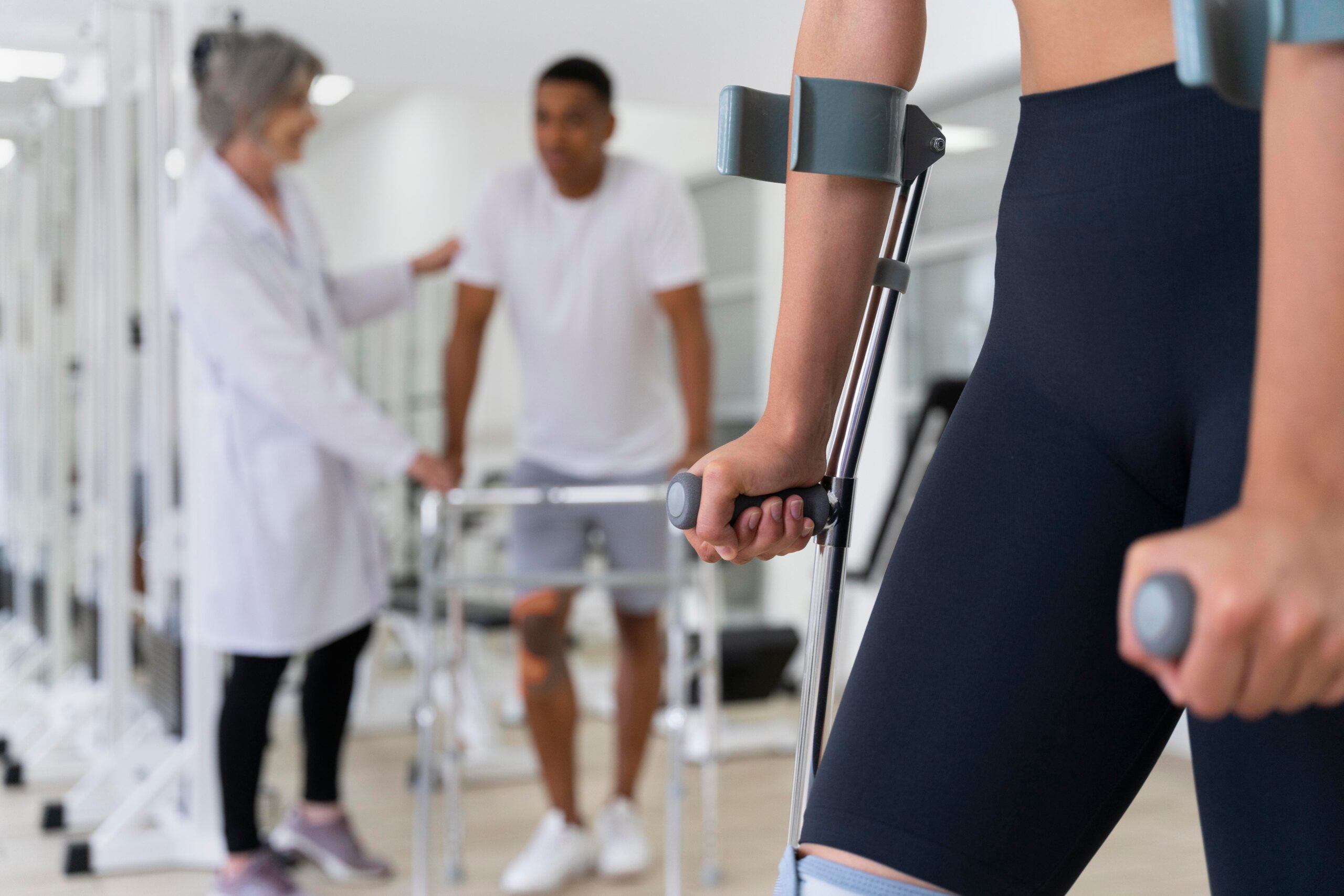Key Points:
- Physical therapy plays a critical role in preventing post-surgical complications that can lead to rehospitalization.
- Early mobility exercises and joint rehab routines support a safe return to functional movement and independence.
- In-home treatment options ensure continuity of care and reduce exposure to high-stress clinical environments.
Recovering from surgery doesn’t end when you leave the hospital. In many cases, the post-operative period is just as important as the procedure itself, and how you recover can determine whether or not you return to the hospital.
One of the most overlooked yet essential parts of recovery is physical therapy. When introduced early and done correctly, it significantly reduces the risk of complications and rehospitalization.
Let’s explore how physical therapy supports a safer, more complete recovery, restoring strength, mobility, and quality of life.
 The Role of Physical Therapy in Preventing Rehospitalization
The Role of Physical Therapy in Preventing Rehospitalization
Starting physical therapy shortly after surgery offers several benefits, including:
- Improved circulation: Reduces the risk of blood clots and infections.
- Pain management: Promotes healing through controlled movement and stretching.
- Mobility restoration: Encourages safe movement and helps reduce complications from prolonged bed rest.
- Functional training: Re-teaches the body how to move efficiently and avoid injury during daily activities.
These therapies help prevent common causes of readmission like wound issues, muscle loss, and falls.
Tailored Physical Therapy Plans for Optimal Recovery
No two patients are the same, and recovery plans should reflect that. Physical therapists tailor each plan based on the patient’s medical history, mobility level, and surgical procedure.
Examples of personalized approaches include:
- Using familiar objects or environments to ease anxiety.
- Breaking down exercises into manageable, repeatable routines.
- Offering flexibility with scheduling and pacing to improve adherence.
An individualized plan improves outcomes and reduces stress during recovery.
Mobility Exercises: A Foundation for Healing
Gentle mobility exercises are critical to regaining independence and preventing stiffness. These may include:
- Assisted range-of-motion exercises
- Guided walking drills
- Bed-to-chair transfers
- Gentle stretching to prevent joint contractures
Starting early and maintaining consistency helps build confidence and supports neuromuscular adaptation.
 Joint Rehab to Prevent Long-Term Complications
Joint Rehab to Prevent Long-Term Complications
Following orthopedic, abdominal, or other major surgeries, joint rehabilitation plays a major role in long-term recovery. If neglected, poor joint function can lead to compensation injuries, chronic pain, or instability.
A joint rehab plan typically includes:
- Weight-bearing activities to build joint stability
- Strengthening muscles around the surgical site
- Balance and coordination exercises to restore natural movement
Targeted joint rehab helps avoid falls and promotes safe, confident movement.
The Benefits of In-Home Physical Therapy
In-home care allows patients to recover in the comfort of their own environment, which often leads to better outcomes and higher adherence rates.
Advantages of in-home therapy include:
- Lower stress and better cooperation
- Practical training in real-life spaces (e.g., stairs, bathtubs, beds)
- Easier transitions between rest and activity
- No need for transportation to appointments
In-home treatment supports personalized recovery while reducing logistical burdens on the patient and family.
Strength Training: Building Resilience After Surgery
Once mobility is regained, the next critical step is rebuilding strength. A well-structured strength training program ensures patients can resume normal activities safely.
Focus areas include:
- Core strengthening for better balance and posture
- Resistance training using body weight or resistance bands
- Targeted muscle group isolation to protect healing areas
- Functional strength training for daily tasks like standing, walking stairs, or lifting
This phase of recovery reduces the risk of reinjury or physical regression.
Warning Signs of Post-Op Regression
To help avoid rehospitalization, be alert to the following warning signs:
- Refusing to bear weight or move a limb
- Unexplained swelling, redness, or fever near the surgical site
- Avoidance of daily activities like standing, walking, or eating
- Increased irritability, fatigue, or restlessness
- Sleep disturbances caused by pain or discomfort
If these signs appear, contact your healthcare provider or physical therapist promptly for intervention.
The Importance of Routine and Consistency
Consistency is key during recovery. A structured and predictable therapy schedule helps reinforce progress and reduce setbacks.
Tips for maintaining consistency:
- Schedule therapy sessions at the same time each day
- Use familiar language and exercises
- Celebrate small wins with visual progress charts or positive reinforcement
- Involve the patient in planning and setting goals
A consistent routine shortens recovery time and reduces the risk of complications.
Staying Home, Healing Strong
Preventing a hospital readmission is about more than avoiding costs. It’s about protecting your health, independence, and peace of mind.
Early and consistent physical therapy supports a smoother, safer recovery. Whether you’re recovering from orthopedic surgery, abdominal procedures, or other operations, a customized plan that includes mobility work, joint rehab, and strength training is key to long-term success.
At Revival Home Health Care, we provide in-home physical therapy and rehab services throughout New York, bringing clinical expertise right to your door.
Whether you’re looking for post-operative therapy, joint rehabilitation, or strength training near me, our team at Revival Home Health Care offers recovery solutions tailored to your lifestyle and goals.
Let’s support your healing at home where you feel safest.
Contact us today to get started.


 75 Vanderbilt Ave Staten Island, NY 10304
75 Vanderbilt Ave Staten Island, NY 10304 info@revivalhhc.org
info@revivalhhc.org 718.629.1000
718.629.1000